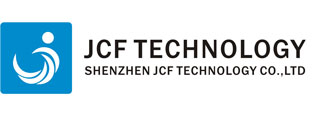
 Tel: +86755-27523807 +8613715205860(wechat/whatsapp)
Tel: +86755-27523807 +8613715205860(wechat/whatsapp) Email: jcf@jcftechnology.com
Email: jcf@jcftechnology.com

 Tel: +86755-27523807 +8613715205860(wechat/whatsapp)
Tel: +86755-27523807 +8613715205860(wechat/whatsapp) Email: jcf@jcftechnology.com
Email: jcf@jcftechnology.com
When designing a tactile membrane switch, several factors need to be considered to match the application's requirements, including material selection, feedback type, durability, and environmental resistance. Here’s how you can customize one:
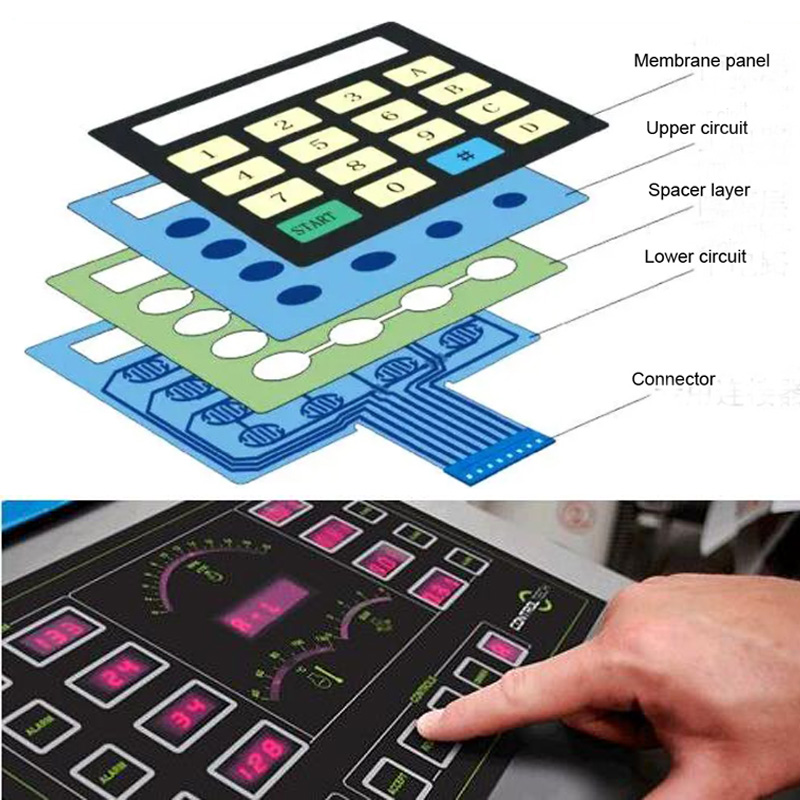
1. Choosing the Right Dome for Tactile Feedback
Metal Domes (Best for High Tactile Feedback)
Provide a distinct click when pressed.
Typically made of stainless steel.
Highly durable (millions of actuations).
Best for industrial control panels, medical devices, and POS systems.
Polyester (Poly) Domes (Softer Tactile Feel)
Made from flexible polymer.
Quieter and softer press.
Less durable than metal domes.
Ideal for consumer electronics and handheld devices.
2. Graphic Overlay Customization
Material Choices
Polyester (PET) – More durable, resistant to chemicals, and lasts longer.
Polycarbonate (PC) – Easier to print on but less durable than PET.
Finish Options
Glossy – Smooth and shiny, but may show fingerprints.
Matte – Reduces glare and fingerprints.
Textured – Increases durability and scratch resistance.
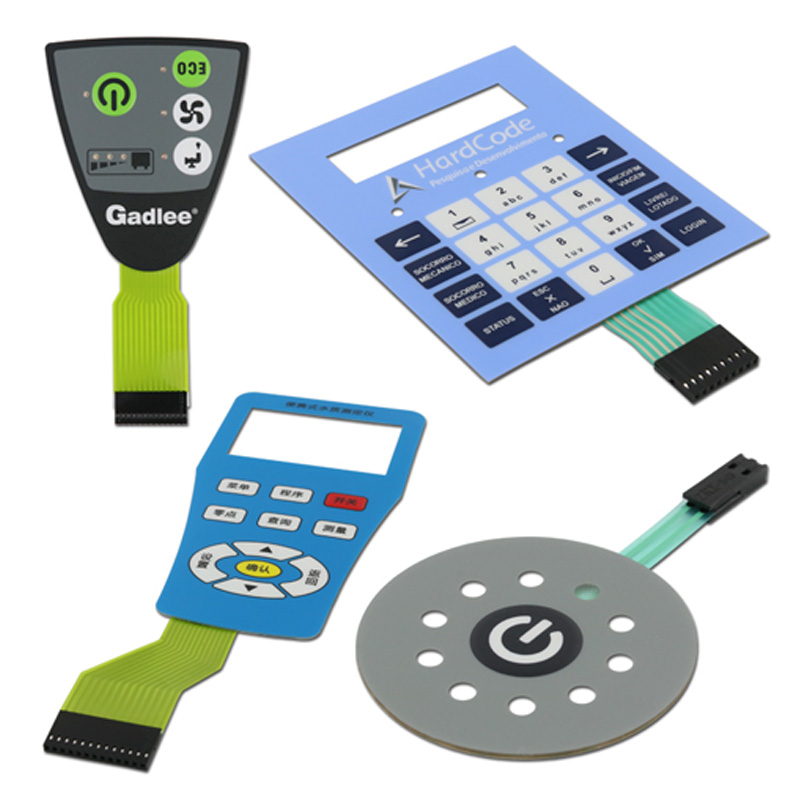
3. Electrical Circuit Design
Printed Circuit Type
Silver Ink on PET – Cost-effective and widely used.
Copper on Flexible PCB (FPC) – More durable and suited for high-performance applications.
Connector Types
ZIF (Zero Insertion Force) Connector – Easy to integrate into circuit boards.
FPC (Flexible Printed Circuit) Connector – Used for compact, high-end applications.
Pin Tail Connector – Directly connects to PCBs.
4. Environmental & Durability Enhancements
Sealing & Waterproofing
IP67/IP68 Rated Designs – Fully sealed against dust and water immersion.
Gasket Sealing – Adds extra protection for outdoor and industrial use.
Chemical & UV Resistance
Hardcoated Polyester Overlays – Resist chemicals and UV exposure, preventing fading.
Silicone Rubber Keypads – Can be integrated for additional durability.
ESD & EMI Shielding
Conductive Coatings & Layers – Protect against electrostatic discharge (ESD) and electromagnetic interference (EMI).
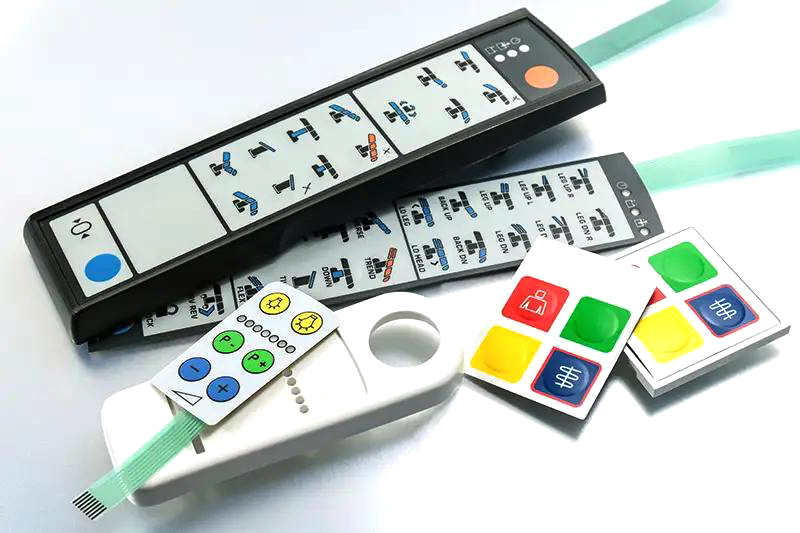
5. Mounting & Adhesive Options
3M Adhesive Backing – Ensures strong bonding to surfaces.
Screw & Mechanical Mounting – Used for rugged environments.
Snap-Dome Retention Layers – Keep metal domes securely in place.
Final Considerations
Actuation Force – Customize button stiffness (e.g., 150g-400g actuation force).
Lifecycle – Ensure the switch lasts as per application needs (e.g., 1M+ presses for industrial use).
Custom Branding & Graphics – Add logos, custom colors, and unique shapes.
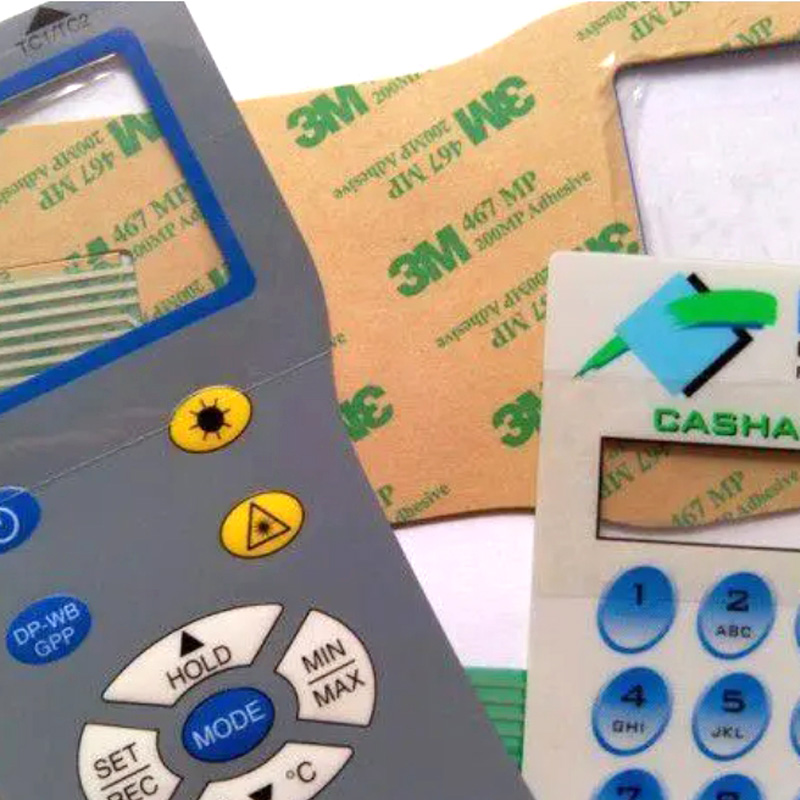
If you would like more information, please visit:www.jcftechnology.com